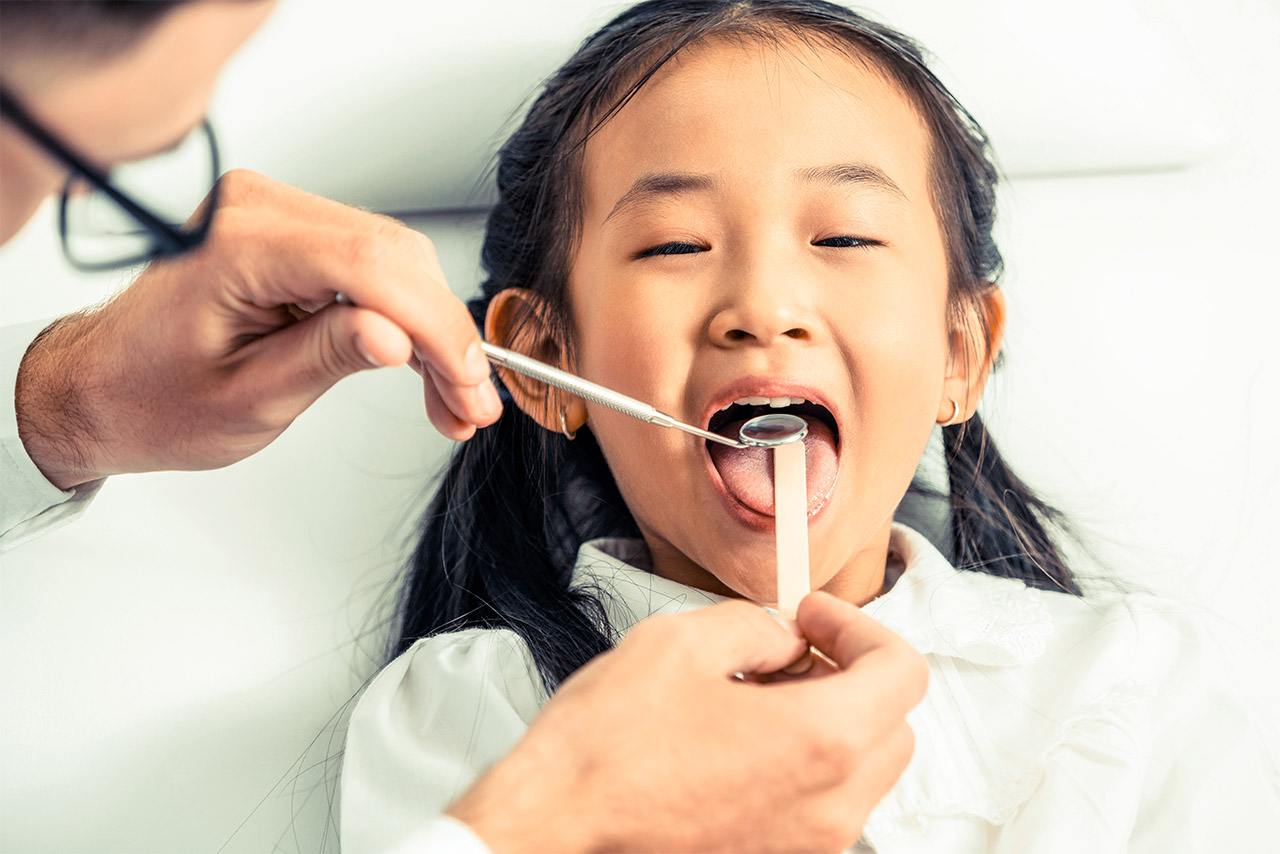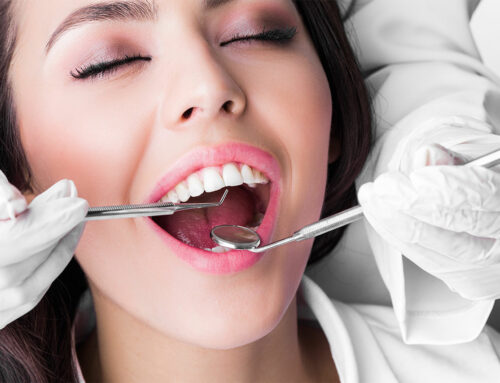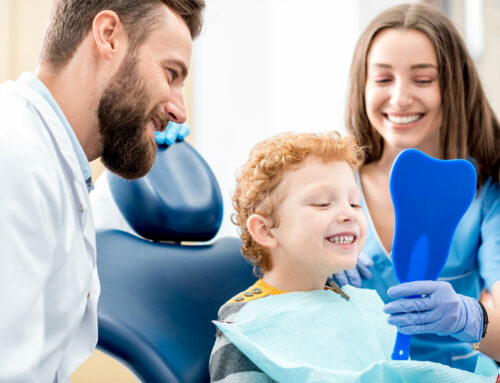Is there a connection between ADHD and orthodontic treatment? On first glance, it may seem that making a link between these two things would be difficult, but this isn’t the case.
I’ve just returned from a trip to Europe to attend two conferences related to myofunctional therapy. The first was the Orthotropics Symposium held in London, and the second was the AAMS (Academy of Applied Myofunctional Sciences) Congress in Rome.
Both events were filled with speakers presenting some of the latest, ground-breaking research related to myofunctional therapy, sleep disordered breathing, and orthodontic treatment.
Dr. Derek Mahony’s Research Project
Of all the speakers and presentations, I thought the two presentations done by Dr. Derek Mahony, an orthodontist based in Sydney were the most impressive.
Dr. Mahony was introducing the results of a research study that he’s been working on for a long time – fifteen years in fact. It’s a massive project that’s closely followed over 4,600 young children aged seven to nine. He’s applied gold standard research techniques to see what symptoms and conditions related to airway problems and sleep disordered breathing were found in the young patients he was treating at his practices.
He found that a disconcertingly high number of the children who needed orthodontic treatment showed symptoms of sleep disordered breathing.
To say that the results are compelling is a huge understatement. I’d go so far as to suggest that this research and all the studies that will be published from the raw data will go on to change the way we address and treat sleep disordered breathing in children.
The initial study will be released soon, and I’ll be covering it in detail on my site and on my YouTube channel. I was able to interview Dr. Mahony in Rome to get some more information on what he’s found out over the course of the project. He was kind enough to provide some information that will prove incredibly useful to parents. These are the three take-away messages:
Orthodontic Treatment Should Start Early
As Dr. Mahony says in the video of the interview, when he was trained as an orthodontist, it was normal to only start treating children with braces when they had all their adult teeth. This is around age 12 to 13 but at that stage, the jaw has mostly stopped growing.
This age is far too late in his opinion, especially if the goal is to address the issues he’s been looking at in the research – airway related problems. If a child has a narrow airway and a narrow jaw, early intervention can really help. Widening the palate and encouraging forward facial growth will go a long way to preventing the oral myofunctional disorders I see in so many of my patients.
The Link Between ADHD and Orthodontic Treatment
Dr. Mahony found that a lot of the young children that had been referred to his orthodontic practice had indications of ADD and ADHD. However, he found that in his study, 60% of the children who had ADHD symptoms actually had sleep disordered breathing.
Once these children were treated, and their jaw size and airway width were increased, with nasal breathing restored (mouth breathing is never a good thing) and their sleep improved, they no longer needed medication for their ADD or ADHD symptoms.
As adults, when we don’t get enough sleep, we get tired and display signs of fatigue through the day. In children however, poor sleep manifests as hyperactivity. Even if children seem to be sleeping enough, it really boils down to the overall quality of sleep. Children are far more sensitive to the effects of bad sleep.
This video is a frightening example of a young child with obstructive sleep apnea.
There’s a very clear link in scientific studies between poor sleep and the misdiagnosis of ADD and ADHD. Of course, there are children who suffer from these conditions but Dr. Mahony’s study suggests that it’s definitely worth investigating airway issues in children before medicating them.
Myofunctional Therapy Increases The Effectiveness Of Orthodontic Treatment
Dr. Mahony found that children who had orthodontic treatment had better stability of the treatment over the long-term if they also undertook myofunctional therapy.
This makes a lot of sense to him and to me. Even if a child has the best possible outcome as a result of their orthodontics, it doesn’t automatically mean that they’ll revert to nasal breathing or that their tongue posture will be correct.
As he put it in the video, “We teach our kids how to talk, we teach our kids how to walk, but we have to teach our kids to breathe through their nose and get their tongue in the right position.”
This ties in to my Four Goals of Myofunctional Therapy, and you can read more about that here.
Children who did myofunctional therapy also had better outcomes in resolving their sleep disordered breathing. This again makes an enormous amount of sense. The muscles of the airway tend to collapse during sleep if they’re weak. This is part of the overall sleep disordered breathing pathology. But strengthen and tone those muscles with myofunctional therapy, and the research, both from Dr. Mahony and other prominent researchers such as Stanford’s Christian Guilleminault, MD shows that their symptoms will improve.
Here’s the full video of the interview. I hope you enjoy it and find it useful. I’ll cover the release of Dr. Mahony’s study as soon as it’s available.




